A team of researchers discovered fossils of two ancient lamprey species with mouths identical to their modern descendants, used to suck the blood of their prey.
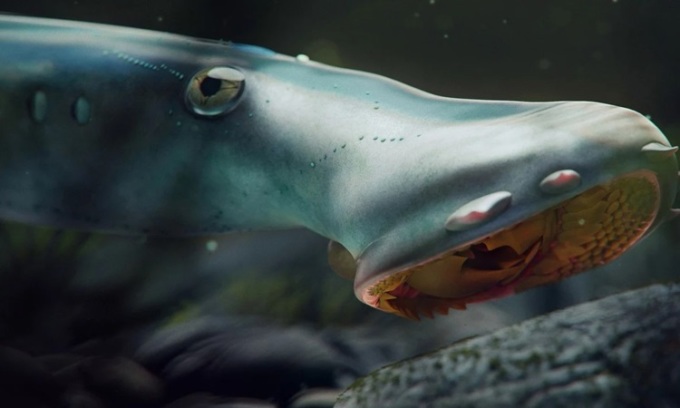
Simulation of the shape of a Jurassic lamprey. Photo: SCMP
Scientists in China have unearthed two remarkably intact 160-million-year-old lamprey fossils, including the largest specimen ever found, revealing the evolutionary history of this group of animals. Lampreys are one of two groups of living jawless vertebrates, first appearing in the fossil record about 360 million years ago, during the Devonian period (419.2 - 358.9 million years ago). These ancient fish, of which there are 31 species still alive today, have a sucker-like mouth filled with teeth, which they use to cling to their prey and suck out blood and other bodily fluids. Hence, they are also nicknamed "vampire" fish.
The newly described fossils, dating from the Jurassic period (201.3 million to 145 million years ago), fill the gap between the earliest specimens and the current lineage. The team excavated the specimens from a fossil bed in northeastern China and named them Yanliaomyzon occisor and Y. ingensdentes , which mean “killer” in Latin and “big tooth” in Greek, respectively. They published their findings on October 31 in the journal Nature Communications.
Looking at ancient fossils, researchers found that lampreys have undergone major changes since the Devonian period. But until now, large gaps in the fossil record have left scientists unsure exactly when the changes occurred. Y. occisor, the larger of the two fossils, measured 64.2 cm (24 in) long, making it the largest lamprey fossil ever found. However, living lampreys are much larger. The sea lamprey ( Petromyzon marinus ) is 120 cm (40 in) long, and the Pacific lamprey ( Entosphenus tridentatus ) is 85 cm (35 in).
Fossils from China have mouths filled with teeth, indicating that lampreys preyed on other animals at least 160 million years ago. The mouth structures of Y. occisor and Y. ingensdentes are also very similar to those of modern-day pouched lampreys ( Geotria australis ). This hunting mechanism likely led to the increase in lamprey body size during the Jurassic.
Lampreys also underwent a change in their life histories between the Devonian and Jurassic periods. Y. occisor is similar in size to species that evolved a three-stage life cycle of larva, metamorphosis, and adult. It is possible that they also had a similar life cycle and migrated upstream to spawn.
An Khang (According to Live Science )
Source link



![[Photo] Binh Trieu 1 Bridge has been completed, raised by 1.1m, and will open to traffic at the end of November.](https://vphoto.vietnam.vn/thumb/1200x675/vietnam/resource/IMAGE/2025/10/2/a6549e2a3b5848a1ba76a1ded6141fae)




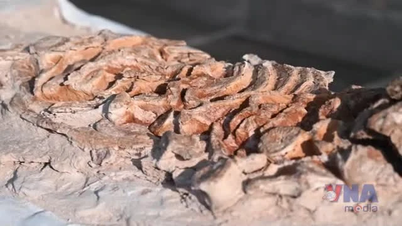

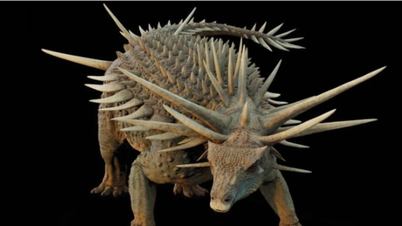
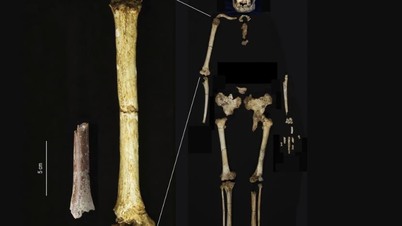
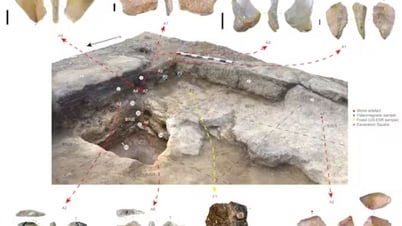

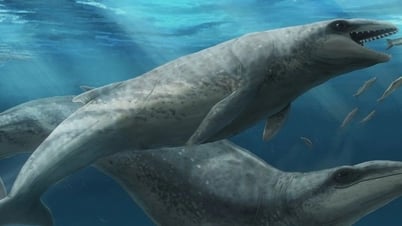

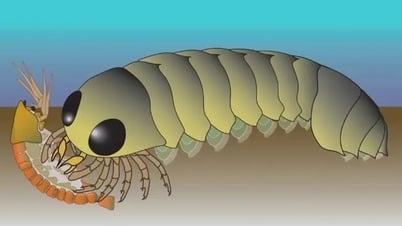

































































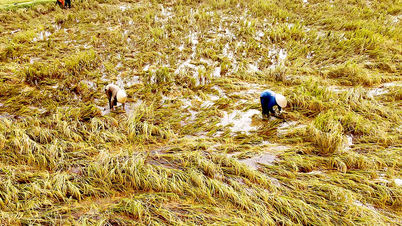


















Comment (0)